We’ve reached the end of another trip around the sun, which means Twitter is chockablock with year-end round-ups — here’s what I wrote, read, accomplished, etcetera — a phenomenon that generally leaves me feeling like a feckless, uncultured slacker. This December, though, I’ve resolved to celebrate my experiences rather than wallow in retrospective regret. For in 2019 I traveled to Australia and fell, head over heels, for marsupials.
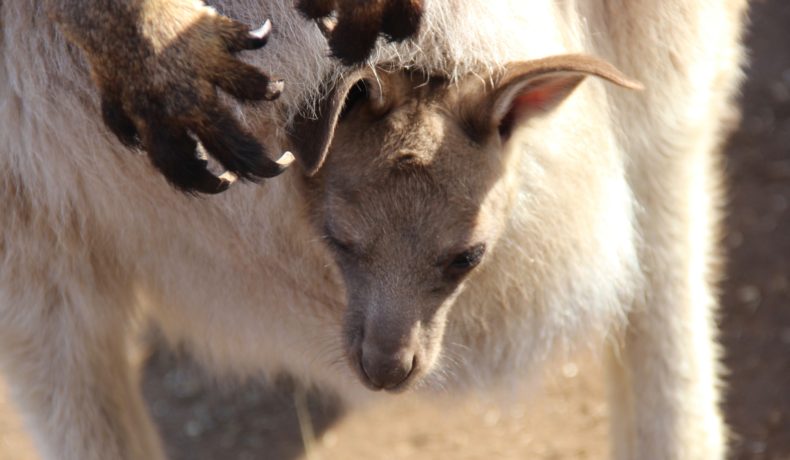
To know marsupials, I’m convinced, is to love them. First are their delightfully mellifluous names, most of which have Aboriginal origins: bilby, bandicoot, quoll. (It’s high time the Tasmanian devil, that noble recycler of offal, was rechristened the purinina.) There’s their tangled, engrossing biogeography — they evolved in North America, believe it or not, before following a land bridge to South America, traversing modern-day Antarctica, and settling happily in Australia, where they speciated wildly. (South America is still home to a third of the planet’s marsupials, and is also the source of the United States’ only native pouched critter, the opossum, which at some point wandered up the Central American isthmus and into the unlatched dumpster of our hearts.)
And then, of course, there’s the pathos of their reproductive strategy — the blind, pink joey, an embryonic jellybean that by all appearances should absolutely not be finished gestating, tenaciously clambering from cloaca to pouch, locating a teat in the warm dark, and fusing itself to its mother like a vestigial limb. The offspring of placental mammals — floating lazily in hermetically sealed comfort — are mollycoddled by comparison.
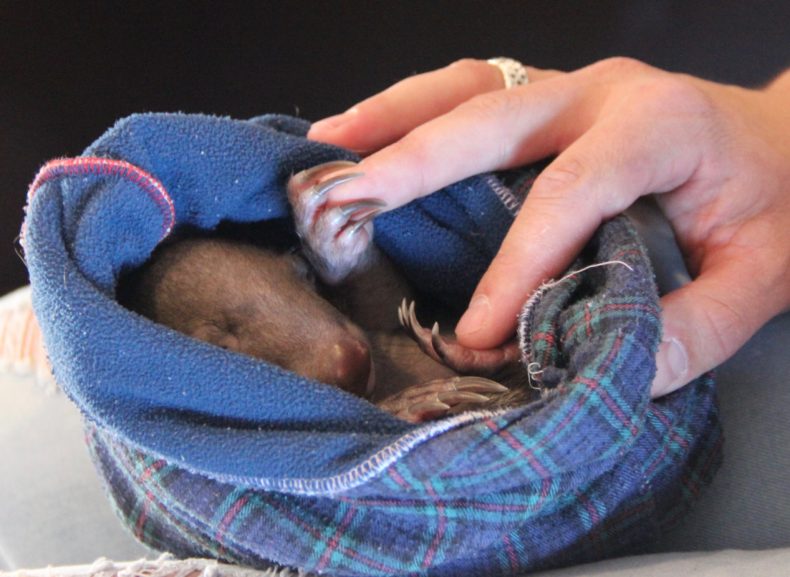
The European colonists who invaded Australia, alas, didn’t afford marsupials the respect they manifestly deserve. Settlers dismissed the continent’s fauna as stupid and maladapted — a form of prejudice dubbed placental chauvinism — and opened a Pandora’s box of non-native predators and competitors (cats, foxes, rabbits, sheep). Since colonization, twenty-nine species have vanished from Australia’s ecosystems, the world’s highest extinction rate. If ever there was a mammalian infraclass in desperate need of recognition, then, it’s Marsupialia.
So without further ado: Here, in no particular order, are the Five Best Marsupials of 2019, each accompanied by a celebratory haiku. (Don’t most year-end lists feature haikus? No? Let’s move on to some photos before the internal logic of this post deteriorates further.) Note: These selections are objective and incontrovertible. All pictures by yours truly.
The Black-flanked rock wallaby
Cliff faces may be
Weird spots for macropods, but
Who are we to judge?
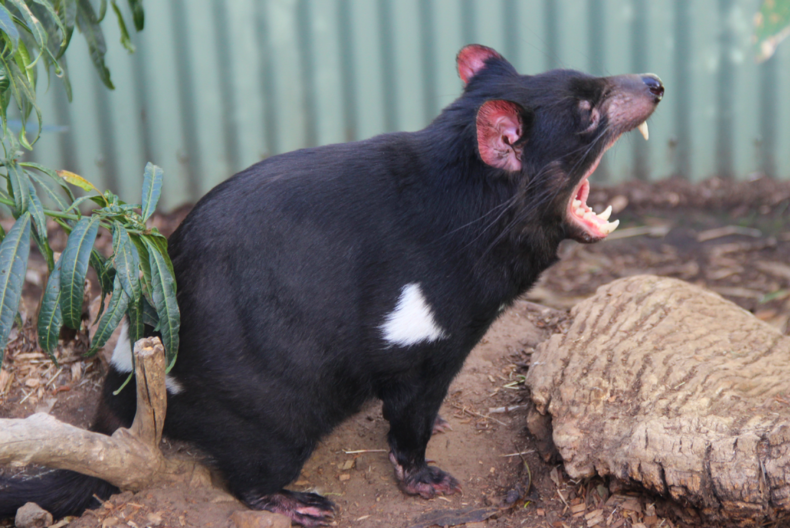
The Tasmanian devil
Out, facial tumors!
When all else fails, put stock in
The common wombat
Is handy when you spend your days
Digging like a fiend.
The wallaroo
What’s the purpose of
Granted, looks awesome.
The eastern bettong
Oh, prey of foxes
Oh, nocturnal fungivore
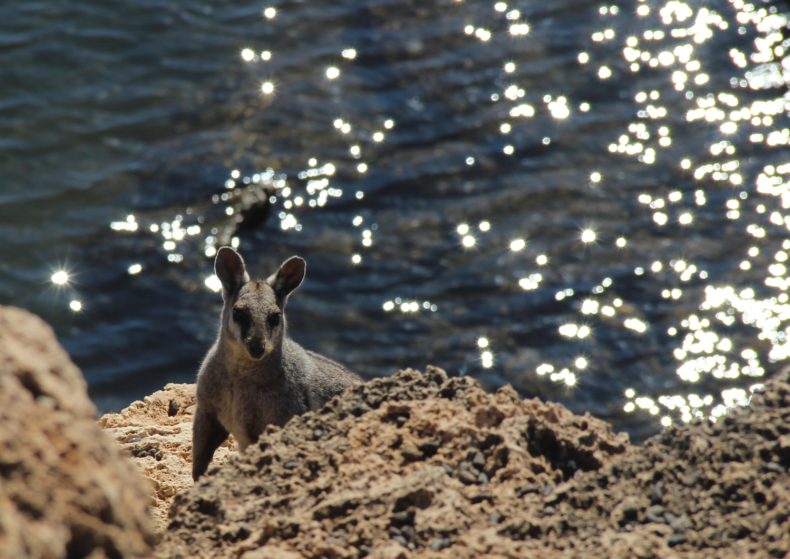
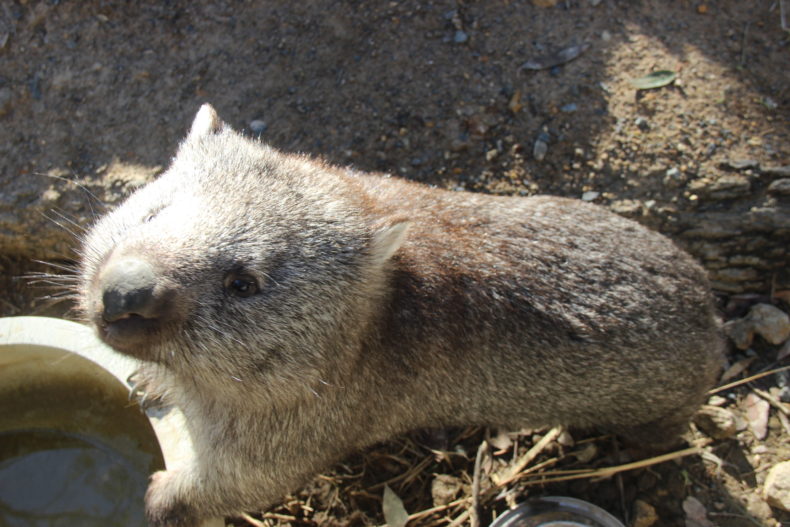
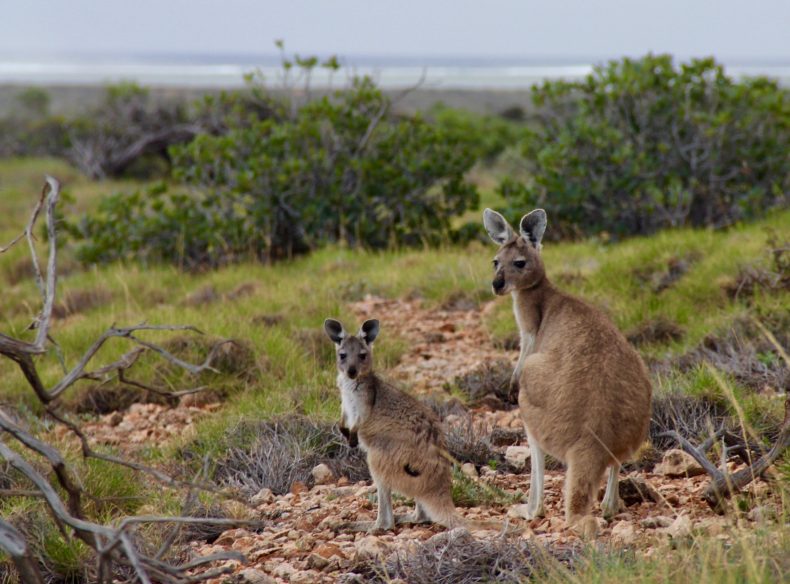
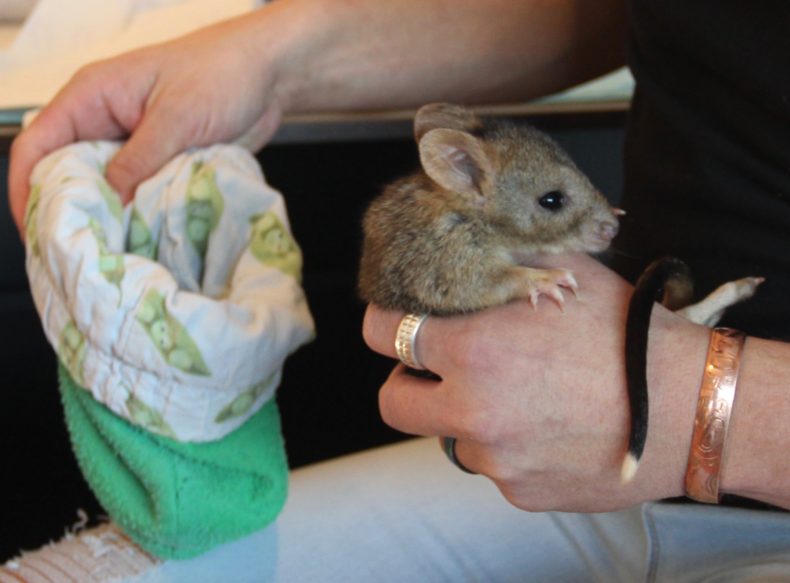
Amazing, especially considering the evolutionary pressures for the marsupials were the same in North America and many of our placentals look similar to Australia’s marsupials (https://www-tc.pbs.org/wgbh/evolution/library/01/4/pdf/l_014_02.pdf)